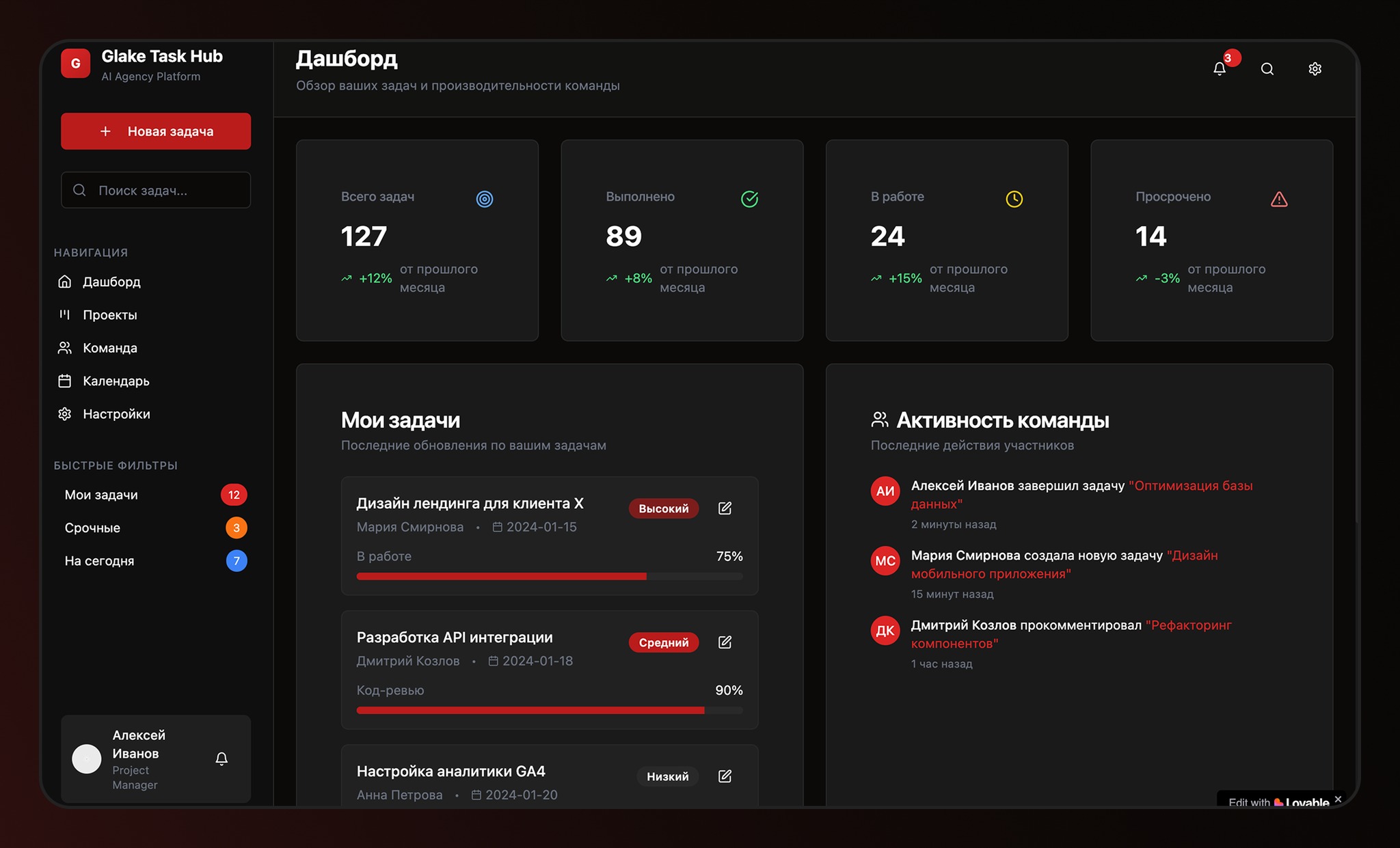December is loaded with several astronomical events. But, of course, the three brightest are the last two meteor showers of the year and the solstice, which will mark the arrival of winter in the northern hemisphere and summer in the southern.
For meteor Rain, the first of these will be the Geminid. In the northern hemisphere, they are less known than the Perseids, perhaps due to the cold it takes to see them. However, the exit is more than worth it as it is a very intense downpour and especially bright meteors.
The second stream of stars from these astronomical events is much fainter. Of course, as we always say, it doesn’t have to be meteors rushing across the sky, an eclipse, or an opposition to make the sky worth looking at. Without a doubt, this is an excellent plan, no matter what day is chosen for its implementation. But, just in case, write down these days in your diary.
Mars in opposition to the beginning of astronomical events
We won’t have to wait long for the first astronomical event this month. And this is what we will be able to enjoy on December 8 Mars in opposition. This will be his closest point to Earth and his face will be fully lit so he can be seen all night. brighter than at any other time of the year.
this is a great occasion see it with the naked eye and take a picture. But, in addition, if we have a medium-sized telescope, we can enjoy some details of its surface that are much more difficult to see at other times.
In addition, this evening will premiere “Full Moon”, which in this case, according to Native American legends, is known as cold moon. The reason is obvious: it coincided with the time when the main character of their nights became the most severe cold.
Fascinating Geminids
Overnight from 13 to 14 December there will be a maximum Geminid peak. For many, this is the best meteor shower of the year, even over the Perseids. Every hour you can see up to 120 brightly colored meteorsemerging from the rubble asteroid 3200 Phaeton. This happens during the peak of the peak. However, albeit in lesser quantities, rain will be present from 7 to 17 December.
It should be noted that the Moon will be in its waning phase and may interfere with the observation of any of the meteors. But, even so, it certainly gives us a good show. Therefore, this is one of the best astronomical events of the year.
December solstice
21 December, at 21:40 UTC (22:40 Spanish Peninsular Time, 15:40 Mexico), the December solstice will take place. The South Pole of the Earth will tilt towards the Sun, starting summer in this hemisphere and winter in the north.
Last meteor shower of the year and these astronomical events
Astronomical events in 2022 will end with a shower of stars: ursids
He is much less intense than his partner of the month. In fact, he is rather weak, only 5-10 meteors per hourcoming from kite. The good part is that although it will be given from 17 to 25 Decemberits maximum point, between 21 and 22 years oldwill take place with a very small moon, just for one night before the new moon.
This is a great way to end these astronomical events, which will soon give way to the events of the new year, in which we will begin a new cycle of encounters with the sky.
Source: Hiper Textual













